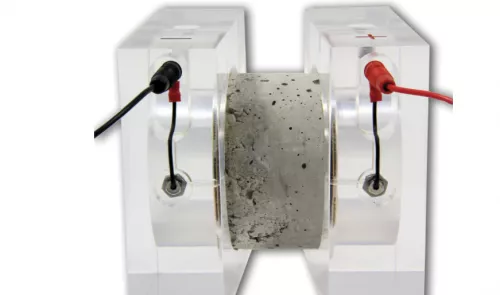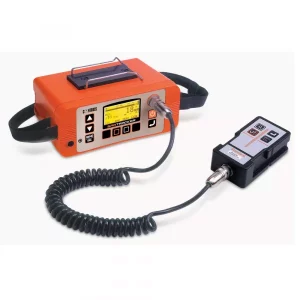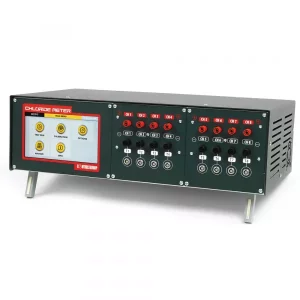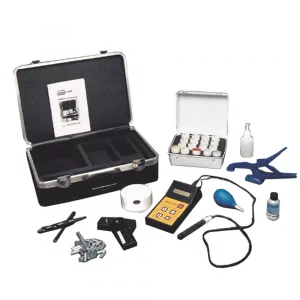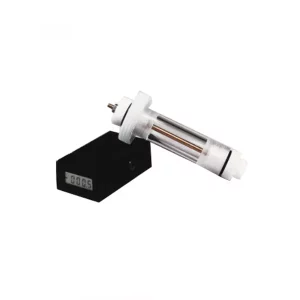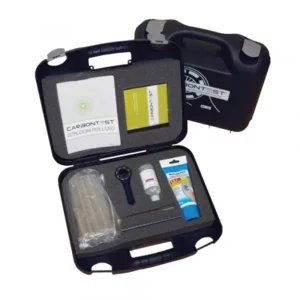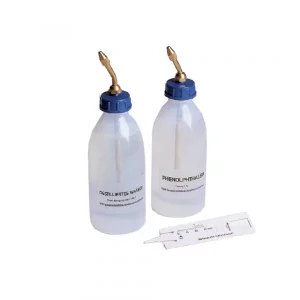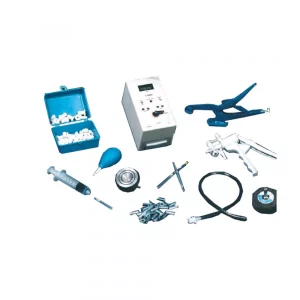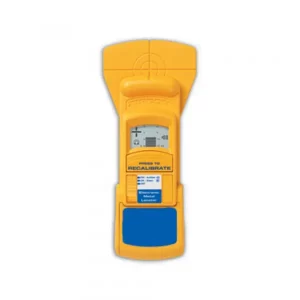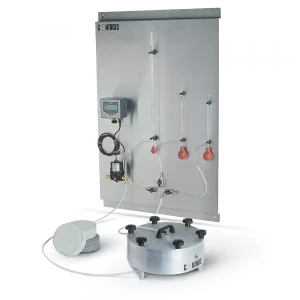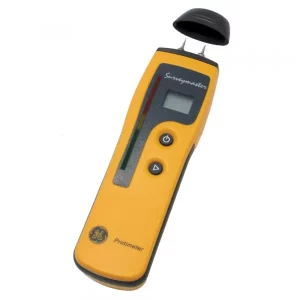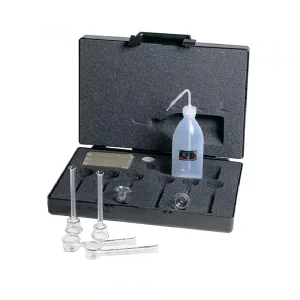Code:77-PV42001
Interchangeable sector head to produce slabs 320 mm long x 260 mm wide
Code:77-PV42011
Interchangeable sector head to produce slabs 320 mm long x 260 mm wide. Complete with heating system
Code:77-PV42102
Steel mould 320×260 mm, 195 mm high, to be filled at 155 mm max, for PV41XXX electromechanical slab compactor
Code:77-PV43001
Interchangeable sector head to produce slabs 300 mm long x 300 mm wide
Code:77-PV43011
Interchangeable sector head to produce slabs 300 mm long x 300 mm wide. Complete with heating system
77-PV43012
Compaction sector head heating system for 77-PV41C0x and 77-PV41A0x series
77-PV43042
Motor vibrator roller option. For 380V/50Hz/3ph, 220V/60Hz/3ph, 110-230V/50-60Hz/1ph models.
Code:77-PV43102
Steel mould 300×300 mm, 195 mm high, to be filled at 155 mm max, for PV41XXX electromechanical slab compactor
Code:77-PV44001
Interchangeable sector head to produce slabs 400 mm long x 300 mm wide
Code:77-PV44011
Interchangeable sector head to produce slabs 400 mm long x 300 mm wide. Complete with heating system
Code:77-PV44102
Steel mould 400×300 mm, 195 mm high, to be filled at 155 mm max, for PV41XXX electromechanical slab compactor
77-PV45001
Interchangeable sector head to produce slabs 500 mm long x 300 mm wide
Code:77-PV45011
Interchangeable sector head to produce slabs 500 mm long x 300 mm wide. Complete with heating system
Code:77-PV45102
Steel mould 500×300 mm, 195 mm high, to be filled at 155 mm max, for PV41XXX electromechanical slab compactor
Code:77-PV46001
Interchangeable sector head to produce slabs 500 mm long x 400 mm wide
Code:77-PV46011
Interchangeable sector head to produce slabs 500 mm long x 400 mm wide. Complete with heating system
77-PV46102
Steel mould 500×400 mm, 195 mm high, to be filled at 155 mm max, for PV41XXX electromechanical slab compactor
